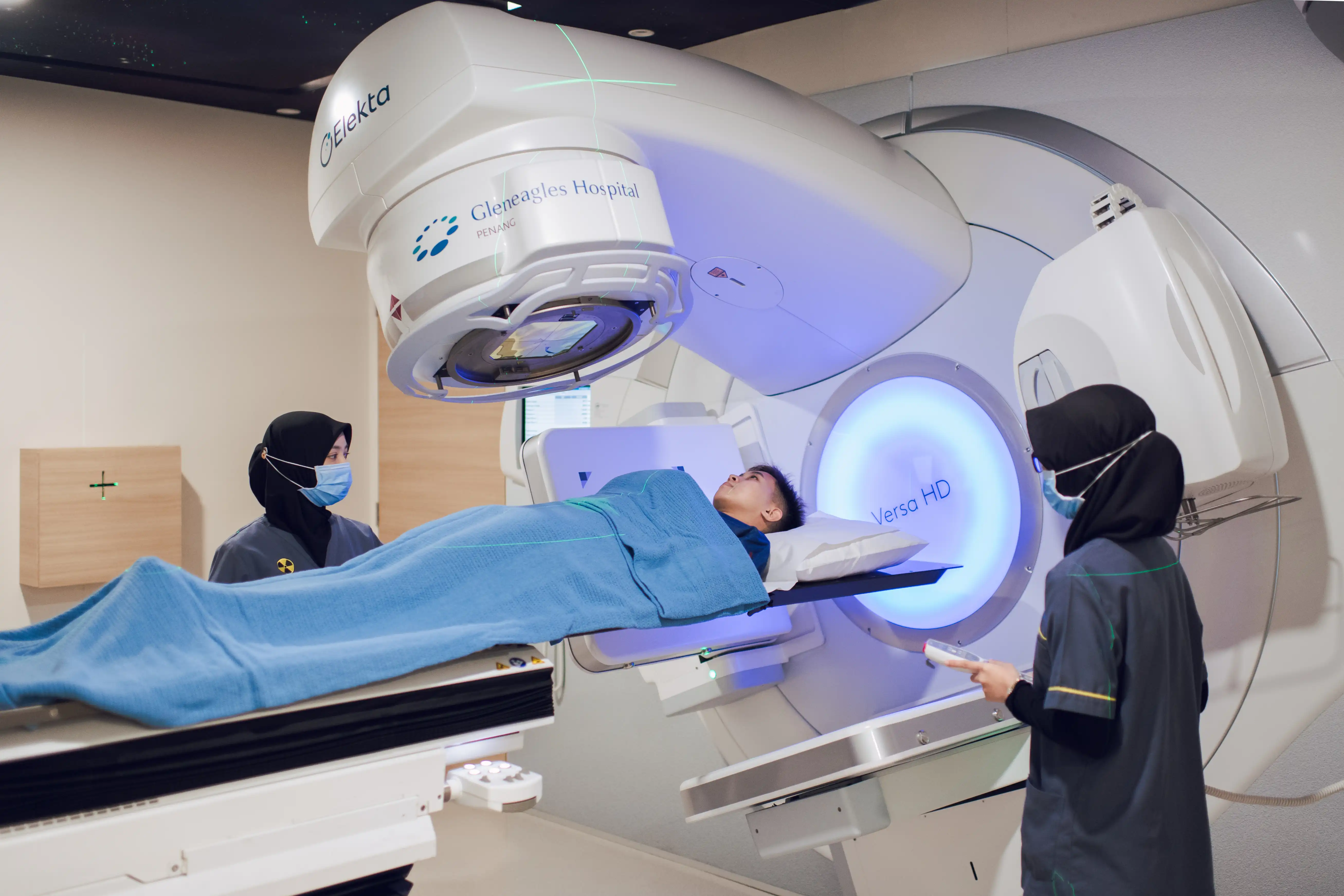High blood pressure during pregnancy, or preeclampsia, affects 7 out of every 100 pregnant women. It affects most of these women during their first pregnancy. High blood pressure occurs when the pressure of the blood inside the arteries builds up to levels that are greater than normal.
What Happens in Preeclampsia?
During pregnancy, the blood vessels in the uterus of a woman enlarge and dilate to increase blood flow to the placenta. The baby in the mother’s womb receives all of the nutrients and oxygen through the placenta.
In women who are going to develop high blood pressure, the arterioles throughout the body and the arteries of the uterus constrict instead of dilating. This reduces the amount of the mother’s blood flowing to the placenta, causing the baby’s growth to slow down.
In some women, preeclampsia is mild and their blood pressure rises only slightly. However, even when a woman has mild preeclampisa, blood flow to the placenta, or afterbirth, may decrease, leaving the foetus malnourished and underweight. In severe cases, preeclampsia can be fatal to the mother and the baby in her womb.
Preeclampsia, if left untreated, may cause complications for the baby in the womb such as:
- Underweight
- Premature delivery
- Weak baby if born early
- Stillborn
Extremely high levels of blood pressure in the mother that persist without medical care can damage the organs, such as the kidneys, brain, eyes, and liver. The heart may be weakened from the stress of pumping out blood against the force that has built up because the arterioles are smaller. If the blood pressure rises to very high levels and persists, seizures can occur. This stage is known as eclampsia.
The placenta may tear away from the wall of the uterus before delivery, a condition called abruptio placentae. This can occur if the blood vessels leading to the placenta are ruptured by high blood pressure and begin to leak blood. The force of this blood behind the placenta may eventually push it away from the uterine wall.
What are the Risk Factors of Preeclampsia?
The causes of preeclampsia is unknown. Most of the women who suffer from preeclampsia have never had high blood pressure before. However, some risk factors that increase one’s chances of getting preeclampsia are:
- Having the first pregnancy after age 30
- Being overweight
- Having the first pregnancy during teen age
- Diabetes
- Being pregnant with more than one baby
- Having kidney disease
- Family history
- Eating a diet that is low in protein
What are the Symptoms of Preeclampsia?
Since there are no distinct symptoms of high blood pressure, a pregnant woman may not be aware of her condition for a long time. However, some symptoms include:
- Sudden gain in weight
- Swelling of the face or fingers
- Headaches
- Blurred vision
- Pain in the upper abdomen
What are the Treatment Options for Preeclampsia?
When the increase in blood pressure occurs late in the pregnancy and the baby is delivered near the 36th week, the baby is not likely to be affected because it is almost fully developed. If preeclampsia is detected in mild stages and the mother’s blood pressure is controlled, she can usually expect to have an unaffected baby. In general, if the mother is well nourished, if she follows the doctor’s advice about bed rest, and if her blood pressure does not get too high, the baby should not be adversely affected.
Severe preeclampsia can be fatal to the mother. The only treatment for very severe preeclampsia is to deliver the baby, either via induced labour or a caesarean birth. After delivery, the woman’s blood pressure usually returns to normal.
These serious problems may never develop if changes in blood pressure are detected early and efforts are made to protect the mother and baby. The most important thing a woman can do in pregnancy is to see her doctor early and regularly. As part of the prenatal care, a woman’s blood pressure can be checked to detect high blood pressure.
How is Preeclampsia Prevented?
It is important to go for routine visits to the doctor, starting early in the pregnancy. Regular check-ups can help detect changes in blood pressure before it leads to complications in the pregnancy.
Severe cases usually involve women who do not see their doctors until late in the pregnancy. By this time the blood pressure has already risen to high levels and is harder to control.
If a rise in blood pressure is detected several weeks before the baby is born, several test may be done to see if the baby is developing normally in the mother’s womb, such as ultrasound and electronic fetal monitoring.
Will Preeclampsia Happen in Later Pregnancies?
If preeclampsia occurs during a woman’s first pregnancy and late in the pregnancy, it will probably never happen again. If preeclampsia develops in a later pregnancy, the woman is more likely to have an underlying medical disorder that caused the blood pressure to rise.
If a woman had chronic high blood pressure before pregnancy and developed preeclampsia as well, the risk of this combination of problems happening again is very high.










-yeoh-chee-lima51b01d7-09b0-4e11-a0a5-ce3c9ea5de79.jpg?sfvrsn=615d491f_6)


